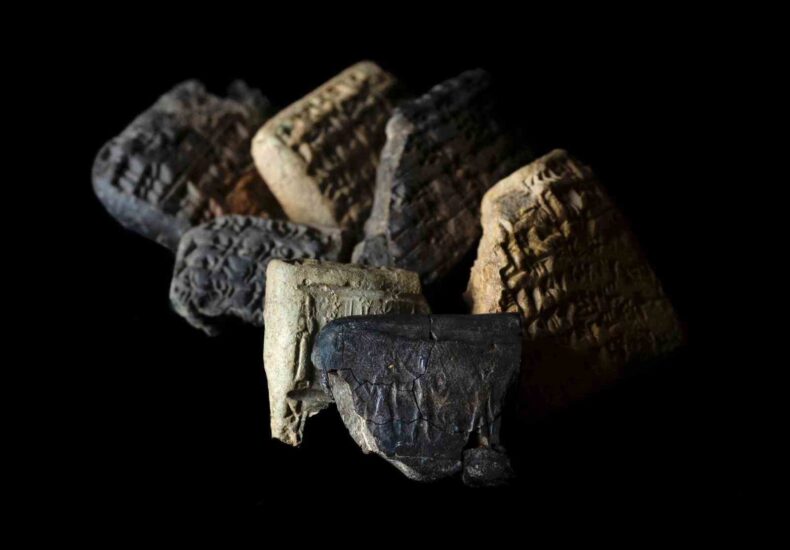
Lost Archive of the Mitanni Empire with Akkadian Cuneiform Tablets and an Unknown Hittite Prince Unearthed in Türkiye
Archaeologists have unearthed a lost archive of the Mitanni Empire, including dozens of Akkadian cuneiform tablets and seal impressions belonging to a previously unknown Hittite prince, during excavations at the ancient city of Alalakh (Aççana Höyük) in southern Türkiye’s Hatay Province.
The discovery, conducted under the Heritage for the Future Project (Geleceğe Miras Projesi), sheds new light on the political administration, economic organization, and cross-cultural exchanges that defined the Late Bronze Age Near East.
Akkadian Tablets Expose the Bureaucracy of a Forgotten Empire
The excavation team, led by Prof. Murat Akar of Hatay Mustafa Kemal University, discovered the Akkadian-language cuneiform tablets within a dense destruction layer near the palace complex of the Idrimi Dynasty, which ruled Alalakh between 1500 and 1400 B.C.
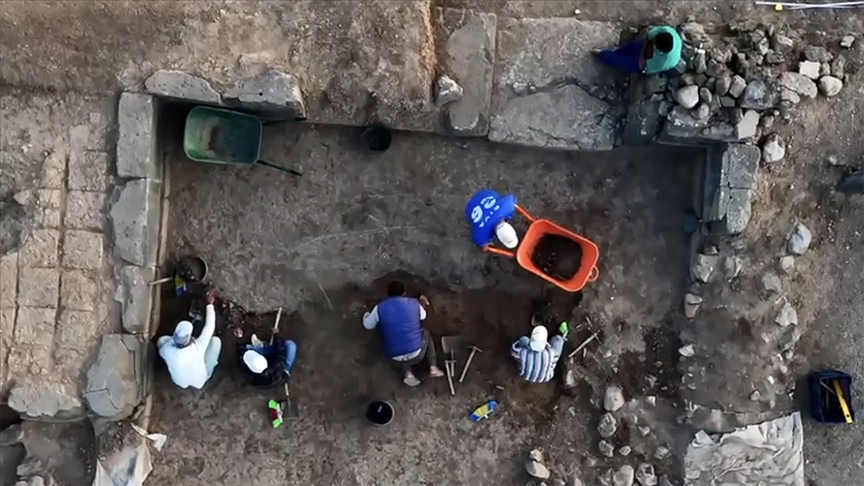
The archive contains furniture orders, personnel rosters, and records of commodity distribution — documents that reveal the administrative precision of the Mitanni state.
Researchers believe the tablets originated from a palace-affiliated office complex responsible for managing trade routes between northern Syria and Anatolia.
📣 Our WhatsApp channel is now LIVE! Stay up-to-date with the latest news and updates, just click here to follow us on WhatsApp and never miss a thing!!
“These are not random notes,” said Akar. “They represent a structured bureaucratic system — the very machinery of an empire.”
New Sealings Point to an Unknown Hittite Prince
In higher stratigraphic layers corresponding to Hittite occupation, the team found a cache of cylinder seal impressions depicting divine and royal imagery.
One seal bears the name of a previously unknown Hittite prince, offering an entirely new addition to the genealogy of the Hittite royal family.
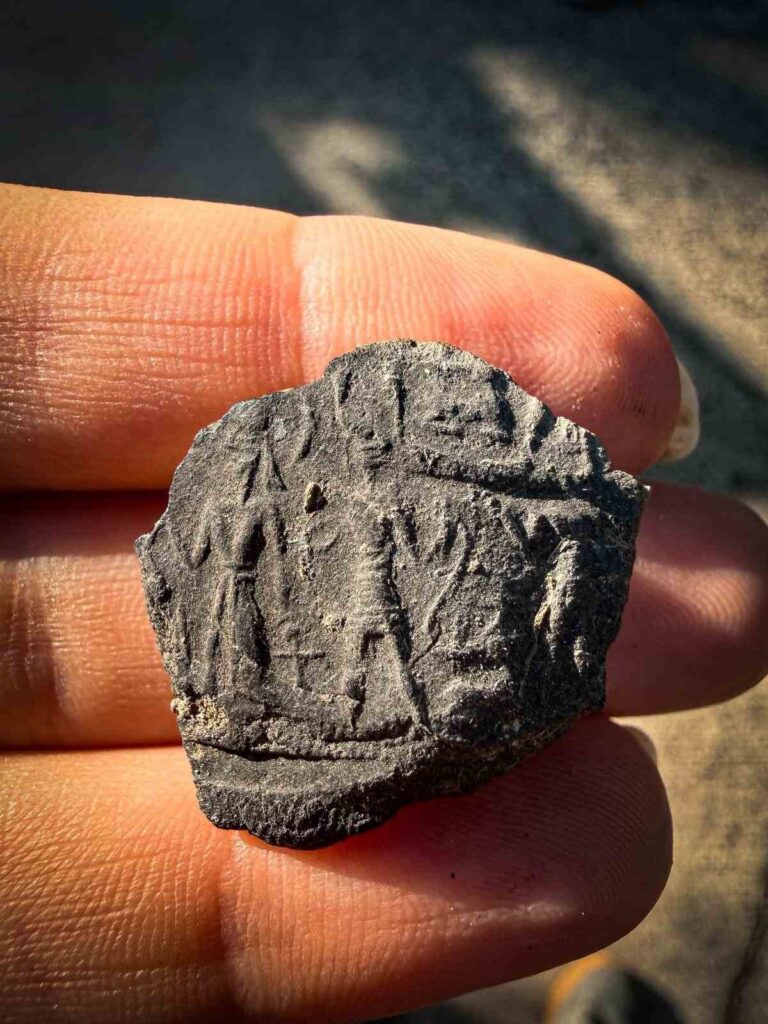
The seals also portray the Storm God battling winged beasts, an image symbolizing divine legitimacy and the triumph of order over chaos.
Such scenes highlight the shared religious symbolism that connected Anatolia, Mesopotamia, and the Levant during the Late Bronze Age.
Alalakh: The Meeting Point of Empires
Strategically located between the Hittite and Mitanni spheres of influence, Alalakh served as a critical diplomatic and economic hub linking the Anatolian plateau with northern Syria.
The coexistence of Mitanni and Hittite remains within the same archaeological layers illustrates how shifting imperial borders shaped the ancient world.
“Each seal and tablet expands our understanding of how these states communicated, ruled, and legitimized power,” said excavation director Murat Akar. “We’re reconstructing the administrative DNA of the ancient Near East.”
Cover Image: Akkadian cuneiform tablets and seal impressions uncovered at Aççana Höyük in Hatay reveal a lost Mitanni Empire archive and an unknown Hittite prince’s seal, illuminating the bureaucratic world of Late Bronze Age Anatolia. Credit: Ministry of Culture and Tourism
You may also like
- A 1700-year-old statue of Pan unearthed during the excavations at Polyeuktos in İstanbul
- The granary was found in the ancient city of Sebaste, founded by the first Roman emperor Augustus
- Donalar Kale Kapı Rock Tomb or Donalar Rock Tomb
- Theater emerges as works continue in ancient city of Perinthos
- Urartian King Argishti’s bronze shield revealed the name of an unknown country
- The religious center of Lycia, the ancient city of Letoon
- Who were the Luwians?
- A new study brings a fresh perspective on the Anatolian origin of the Indo-European languages
- Perhaps the oldest thermal treatment center in the world, which has been in continuous use for 2000 years -Basilica Therma Roman Bath or King’s Daughter-
- The largest synagogue of the ancient world, located in the ancient city of Sardis, is being restored

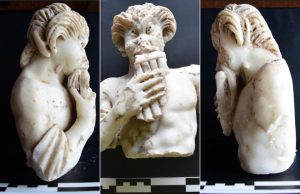
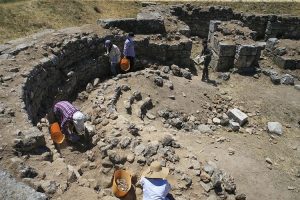
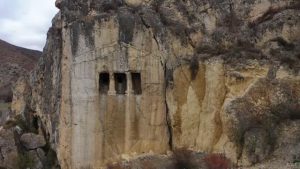
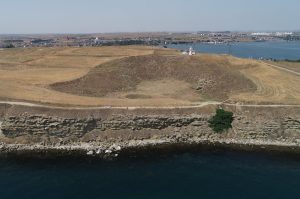
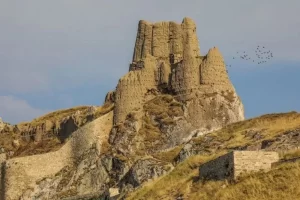
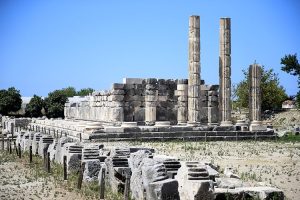


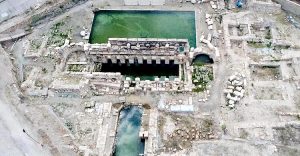
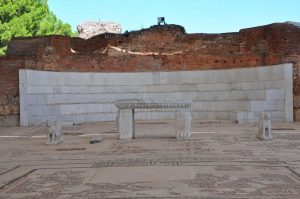
Leave a Reply